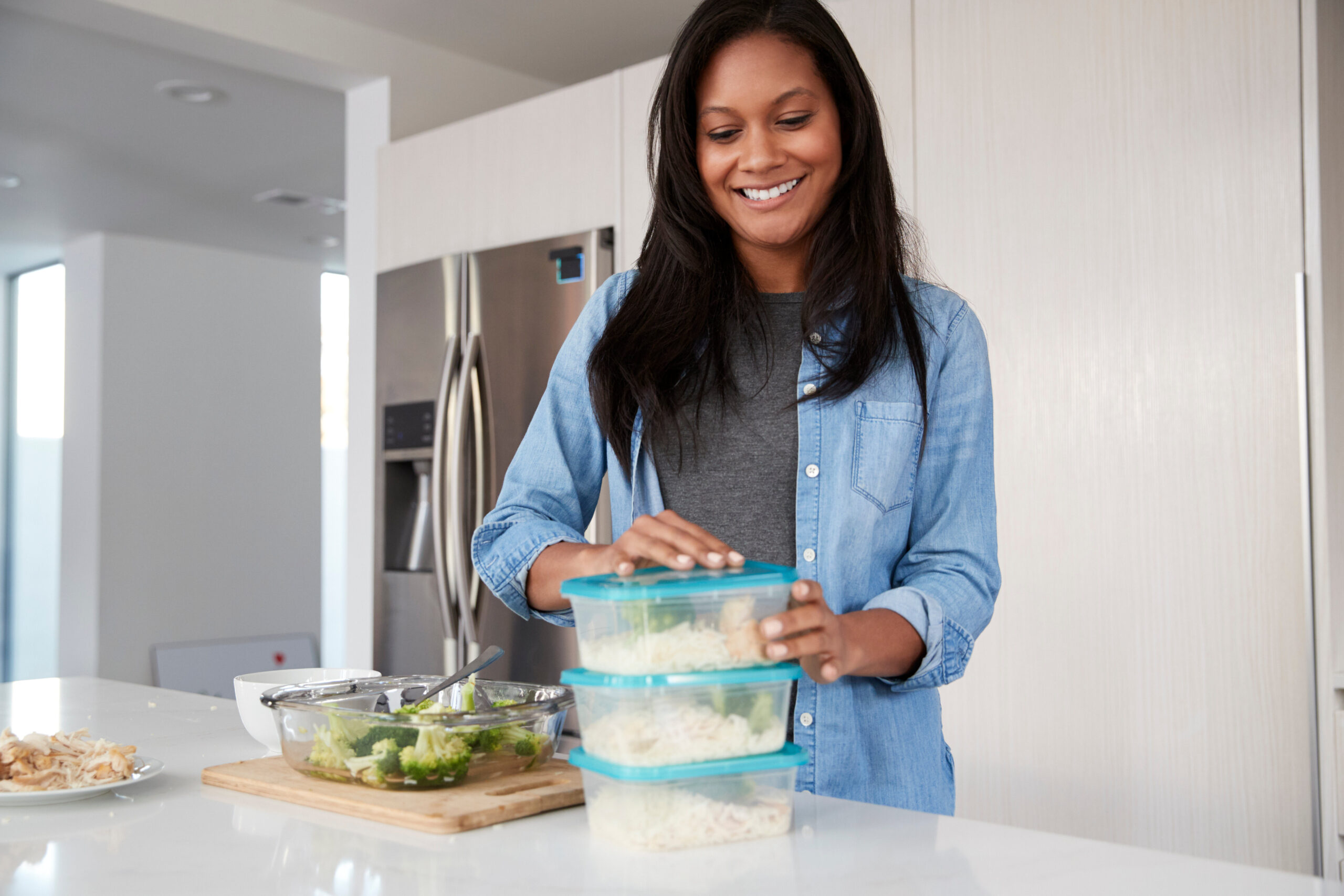Meal prepping is one of the easiest ways to eat better and spend less—if you do it right. Learn about simple ways to plan, shop, and cook that help your budget stretch while keeping your meals healthy and satisfying.
Start With a Simple Plan
Planning your meals ahead of time makes everything else easier. It helps you avoid unnecessary grocery runs and last-minute takeout, which can quickly drain your budget. Start by deciding what you’ll eat for the next few days or the whole week. Focus on meals that use similar ingredients so you don’t waste food or money.
Websites like Budget Bytes offer free weekly meal prep plans that are built specifically for tight budgets. With a few staples like rice, beans, and frozen veggies, you can make multiple meals without spending a fortune.
Shop With a Purpose
Once you’ve made your meal plan, create a grocery list and stick to it. Shopping with a list helps you resist impulse buys and keeps your total cost predictable. Check your pantry and freezer first—you may already have half of what you need.
Use tools like the Flipp app to browse digital store flyers and coupons before heading out. You can often find discounts on meat, produce, and pantry items this way. Choosing store-brand items instead of name brands can also cut your bill significantly without sacrificing quality.
Buy in Bulk When It Makes Sense
Bulk buying can be a smart move if you know you’ll use the items. Things like oats, pasta, and dried beans store well and can be used in a variety of meals. Even some meats can be bought in larger quantities and frozen in portions to use later.
If you’re buying perishables like produce, make sure your plan includes using them before they spoil. You can also freeze extras—like chopped bell peppers or blanched greens—to make them last longer.
Cook Once, Eat Many Times
Instead of cooking something new every day, set aside a couple of hours one or two days a week to prep multiple meals at once. This could mean making a big batch of chili, a tray of roasted veggies, and a few containers of cooked rice or quinoa. Then mix and match these throughout the week for different meals.
Meal prepping doesn’t mean eating the same thing every day. You can keep it interesting by using different sauces, seasonings, or sides. For some easy and affordable ideas, check out All Nutritious which features a wide range of prep-friendly recipes.
Make the Most of Leftovers
Leftovers are one of the best ways to reduce food waste and save time. If you have leftover roasted chicken, it can become a wrap one day, a soup the next, and tacos later in the week. The key is thinking ahead and storing leftovers in a way that makes them easy to use again.
Don’t be afraid to get creative—leftover rice can turn into fried rice, and extra veggies can be blended into sauces or soups. Use what you have first before opening something new.
Store It Right
Good storage is essential for meal prepping. Invest in reusable containers that seal well and are microwave-safe. Glass containers last longer and don’t absorb smells, but plastic ones can work just as well if you’re on a tight budget.
Label your meals with the prep date, especially if you’re freezing them. Most cooked meals last about three to five days in the fridge, so keeping track of freshness helps you avoid waste and stay safe.
Keep It Flexible
Meal prepping is about making your life easier, not harder. Don’t worry if you’re not prepping every meal perfectly. Even just prepping your lunches for work can save you money and help you eat better throughout the week.
Start small and build a routine that works for you. Whether that means prepping five meals or just chopping veggies ahead of time, every little bit counts.
Sources:


